A Hucknall History
Huthwaite Entertainment
Gem Picture Palace
The Old Gem is how Huthwaite thereafter remembered its first big screen Picture House. 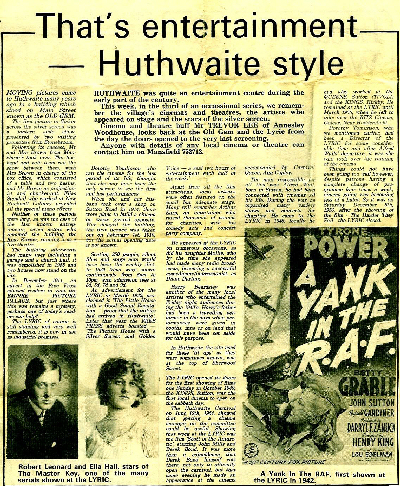 Recollections were best summarised in a local press article written by theatre cinema enthusiast Mr Trevor Lee. Presenting brief background behind next fondly known cinema held accepted understandings.
Recollections were best summarised in a local press article written by theatre cinema enthusiast Mr Trevor Lee. Presenting brief background behind next fondly known cinema held accepted understandings.
Living memory assured where the Gem Picture Palace once stood on Main Street, because its short lifetime extended use of an historically recognised chapel. That eventually witnessed 1955 Yard clearances of a last used motor garage between entry into Club and Pilsworth Yards. Replacing a century old building had marked nearest semi plus next detached houses since cornering Swanson Avenue.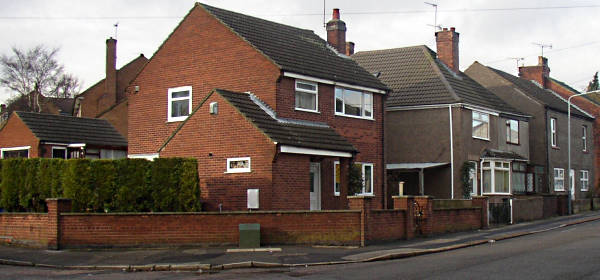
Magic Lantern Slide Shows
Firstly acknowledging Huthwaite audiences were introduced to big screen entertainment by Lantern Slide Show promoters, only loosely suggest years prior 1910. Hearing one past Methodist retelling chapels beliefs, might further surmises it was that Sherwood Street Chapel which welcomed congregational demonstrations. 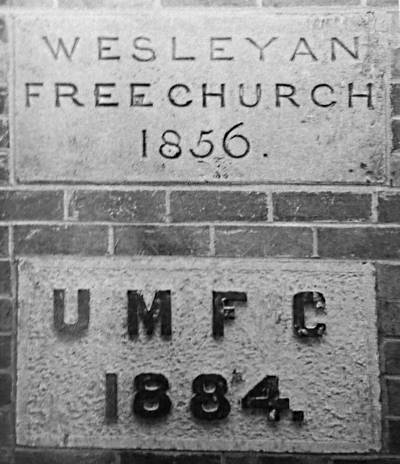 Incorporating former titled date stones into that original fronted Methodist Church, also timely marks Huthwaite township expansion through an era of innovation ending a Victorian period with picture shows then entertaining larger British audiences.
Incorporating former titled date stones into that original fronted Methodist Church, also timely marks Huthwaite township expansion through an era of innovation ending a Victorian period with picture shows then entertaining larger British audiences.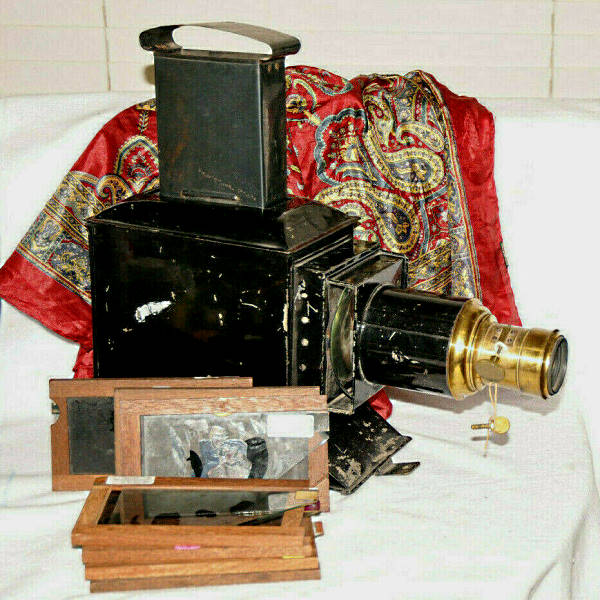
Lantern slide shows were not newest invention. Principal design of a broadly called Magic Lantern little changed for centuries. Purpose was directing favourable gas light through hand painted glass slides to project and focus images. It was a vast range of topical slides that actually mesmerised, entertained or educated viewers, plus maintained general popularity through many generations.
Magic Lantern Slides could switch images and replicate illusion of movement using levers, sliders and winders. But commercially reproduced storybook collections followed advancements into photography that exposed real world interests. However, the challenging problem of how to produce a far brighter light to profitably captivate larger theatre audiences would later come mainly from Limelight widely enlightening bigger town theatre c1900 picture houses.
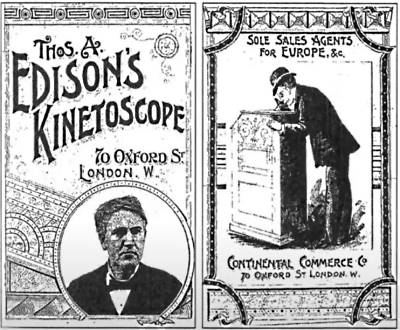
Simply noting culmination of international inventiveness that drew crowds into a cinema era, indicates how mass popularity invariably ends up shared in smaller villages.
Some very significant advancements were made by one American. A lad called Al grew into a worldly recognised genius as the infamously named Thomas Alva Edison.
After patenting 1890 celluloid film, Edison's Kinetoscope showed London its first movie reels 18th October 1894. British inventiveness may have built reverse engineered copies, but cannot deny it led them to produce the first 35mm British film featuring Clovelly Cottage by March 1895. A 1908 UK Kinemacolor system rolled commercial way forward into future colour movies still in infancy of kinematograph films. While Magic Lantern Slide shows ultimately benefit projecting more magical electrical bulb lighting, a motion picture industry then quickly took over.
The Old Gem
Unable to find photographs covering original 1856 Wesleyan Free Church site, can readily show several similar aged examples of very typical English early non-conformist chapels. These preserve historic interests, although basic utilitarian design understands why the Huthwaite chapel never attracted any architectural descriptions. Likewise found with many other similar vacated chapels, their purposeful congregation seating capacity seemed ideally adaptable to start accommodating small cinema theatre audiences.
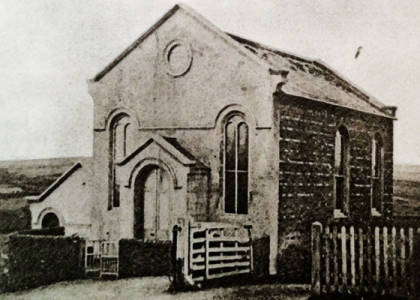

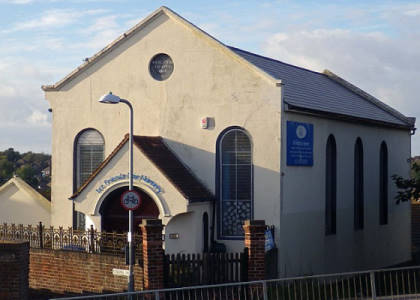
Ambitiously introducing Huthwaite to early big silver screen movies can now date 1913 reason for opening the Gem Picture Palace. Hearing consistently repeated accounts convincingly retelling the Old Gem basically had a box office entrance formed by a table holding two biscuit tins or coin basins, never offered much description. Any slight embellishments were very obviously imaginative visualisations, all simply matching press publication reference. Nonetheless, memories of how Mrs Brown took charge of takings, for Mr Brown to perform role of projectionist capable of chucking out rowdy visitors, did identify named marital business interests.
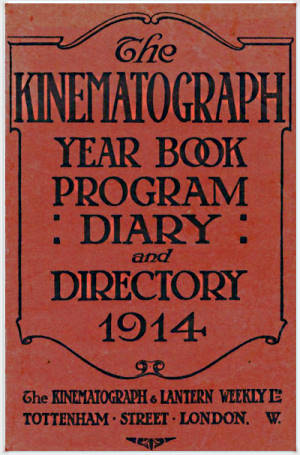
Discovering The Kinematograph and Lantern Weekly 1914 publication, can confirm March 1913 start date for Gem Picture Palace, Huthwaite, Notts., by Brown & Priestley. Lacking details suggests preliminary preparations tying earlier find. That named Mr Priestley Brown next proposing a 1913 engine and dynamo shed at his Main Street Gem Picture House.
Retrospective summary of year 1913 in their seventh annual publication explains the new kinematic industry was not readily welcomed by all. Appointing a Board of Film Censorship might have just helped gain approval of the Church and general Press, when authorities had to consider laws and guidance to regulate now positively approved future progress.
Fears voiced by stage actors, performers and musicians regarding potential loss of jobs as competition might close existing theatres, music halls and concert stages, were realising a harmonious outcome, especially for thespians achieving film role fame. Feature movies employed mood setting orchestral arrangements, and rendering musical special effects in Huthwaite on piano identifies Elias Stendall as a talented New Hucknall Colliery worker.
Mr and Mrs Brown shared novelty electrically projecting earliest moving pictures onto big silver screen. The old Gem proved only a short term venture, apparently lesser so when next taken over by seven actors staging live theatre renaming the Kosy Korner. The Great War is most obvious reason. Although that didn't stop Mr M Howard submitting 1916 plans to erect a modern Huthwaite cinema, it delayed construction work leaving that suggested Sutton Road site cornering Beech Avenue undeveloped.
Filming real live footage documenting shocking reality witnessed through a second world war, still left childhood memories fondly recalling Saturday afternoon treat often watching American Western fights between good and evil, eventually shown at the Huthwaite Lyric.
03 May 13 by Gary Elliott Updated 24 Jun 21
